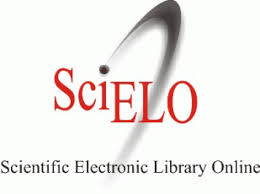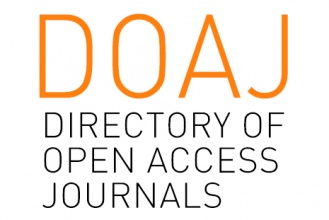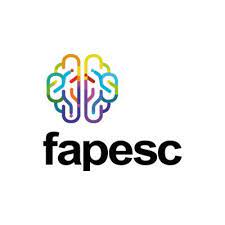Content analysis of the factors that lead to innovation in the gastronomy sector
DOI:
https://doi.org/10.14210/rtva.v24n3.p449-468Keywords:
Hospitality in Services Competitiveness, Food and Beverage Sector, Communities of Practice, Tacit Knowledge, InnovationsAbstract
The aim of the article was to understand how culinary chefs develop innovations, through the exchange of knowledge and experiences. To achieve this aim, a content analysis was developed by means of hierarchical cluster analysis (CHD), using the software program Iramuteq, based on transcripts of interviews with chefs, aiming to gather their perceptions. The cluster analysis revealed three underlying clusters which, following an analysis of the slogans and discourses involved in each one, were identified as: Formal Learning, Communities of Practice, and Supplier Co-creation and Development. The results enabled an understanding of the factors that drive the innovative process of chefs, serving as managerial support for the development of actions to improve the competitiveness of companies in the food and beverage sector, through the generation of an underlying theory. A limitation of this study is that it adopts an exploratory research perspective, and therefore, descriptive and confirmatory studies are needed to generalize the findings of this study.
Downloads
Downloads
Published
How to Cite
Issue
Section
License
Copyright (c) 2022 Turismo - Visão e Ação

This work is licensed under a Creative Commons Attribution 4.0 International License.












